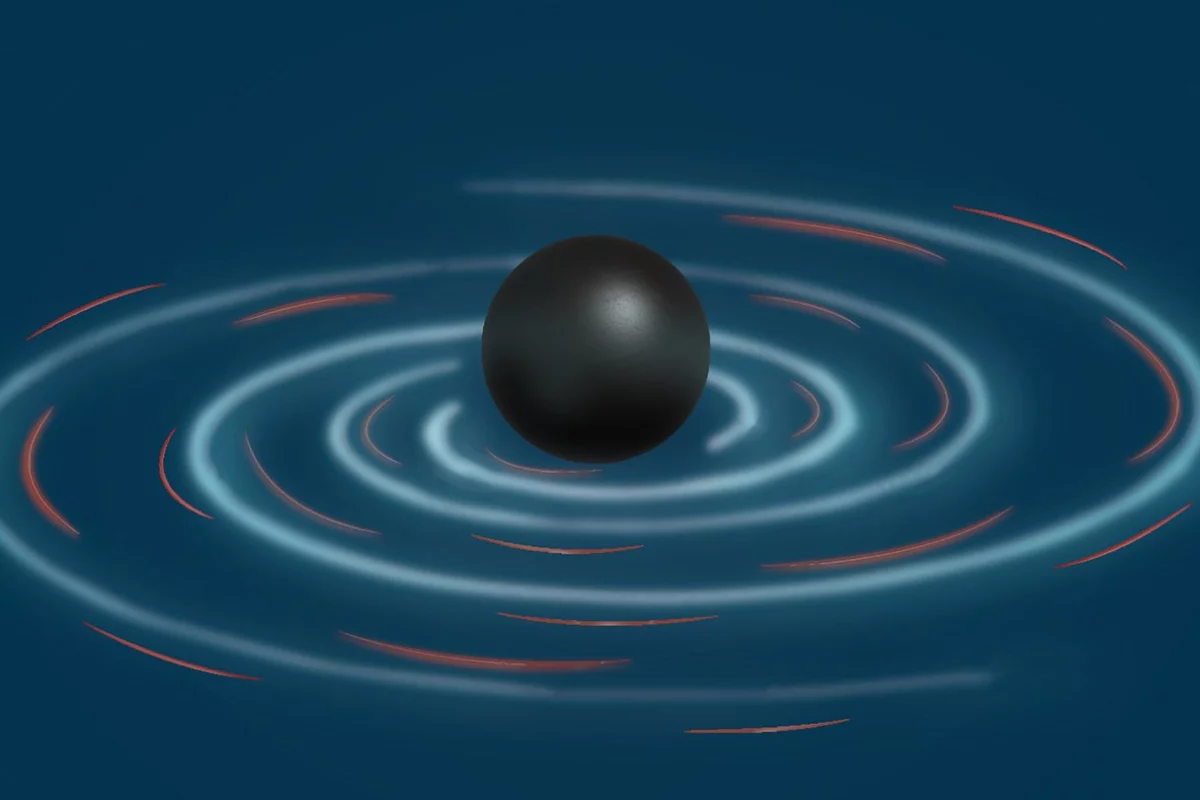Of the four fundamental forces of physics, gravity is the one we’re most familiar with in everyday life, but it’s also the only one that can’t currently be explained by quantum physics. Now scientists have outlined a plan to look for signs of quantum gravity out in the cosmos by listening in to the 'ringing' of colliding black holes.
Three of the four fundamental forces – electromagnetism and the weak and strong nuclear forces – can be described as fields and are carried by specific particles. Electromagnetism, for instance, is carried by photons and creates electric and magnetic fields.
Gravity, however, can’t be explained this way. For now, the best model we have is Einstein’s general theory of relativity, but in certain situations – such as near black holes – this theory breaks down, indicating it’s incomplete. For decades scientists have been searching for a theory of quantum gravity, which would explain the force in terms of quantum mechanics carried by a hypothetical particle called a graviton, but so far evidence has eluded us.
Now, a pair of new studies has outlined how astrophysicists could look for clues in the coming years. Gravitational waves are ripples in the very fabric of spacetime, produced by cataclysmic events like collisions between black holes and/or neutron stars, which are detectable by observatories like LIGO. The team showed that the 'tones' of those collisions could hint at physics that don’t quite line up with current models.
“When two black holes merge to produce a bigger black hole, the final black hole rings like a bell,” said Yanbei Chen, co-author of both studies. “The quality of the ringing, or its timbre, may be different from the predictions of general relativity if certain theories of quantum gravity are correct. Our methods are designed to look for differences in the quality of this ringdown phase, such as the harmonics and overtones, for example.”
The first study presents a new equation that describes how black holes would ring under different quantum gravity theories. It’s based on an equation first developed by theoretical physicist Saul Teukolsky in the 1970s. In the second study, the team describes how the new equation can be applied to data acquired by LIGO, filtering out background noise.
With LIGO just recently firing back up after a three-year break for upgrades, we should soon be able to put the idea of quantum gravity to the test.
The research was published in the journals Physical Review X and Physical Review Letters.
Source: Caltech




